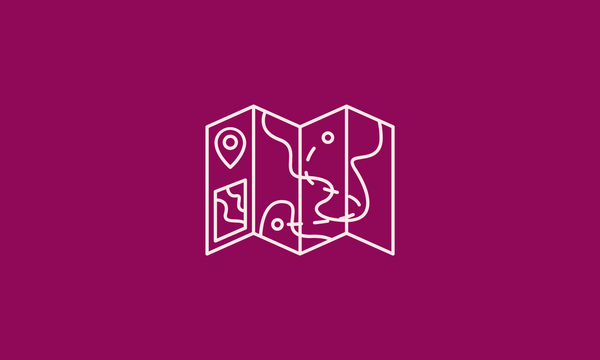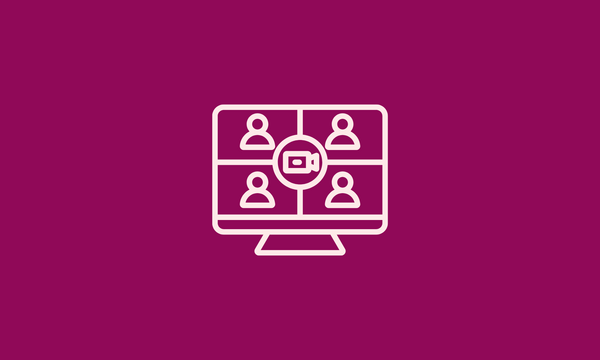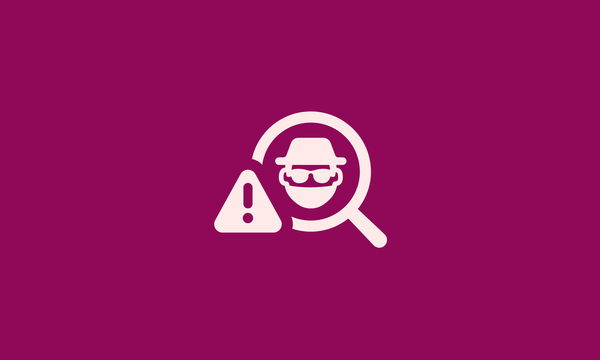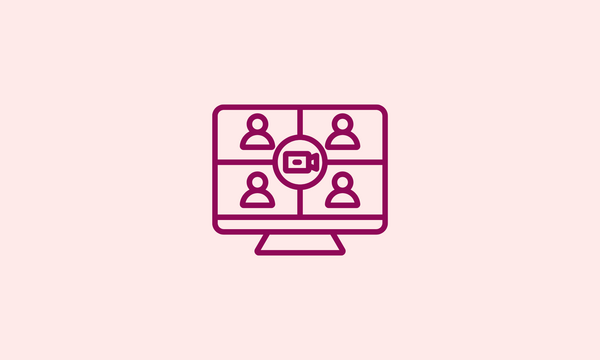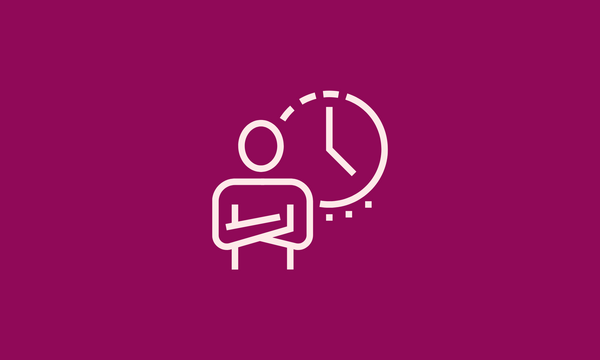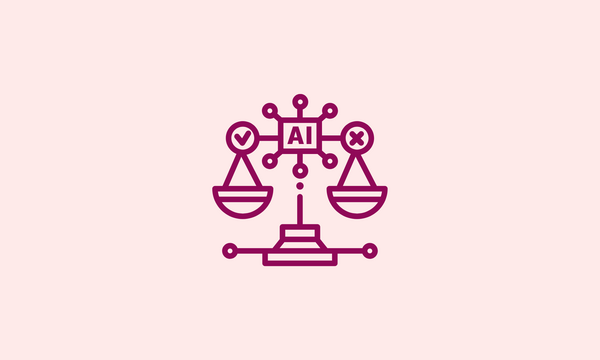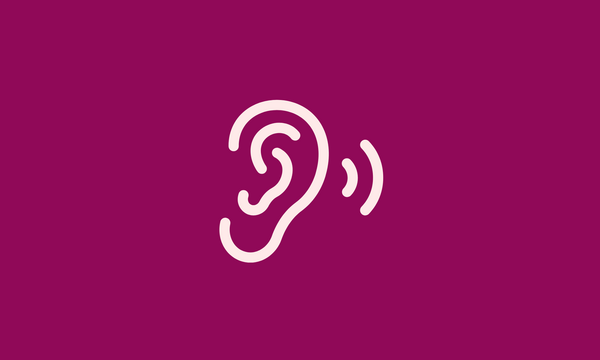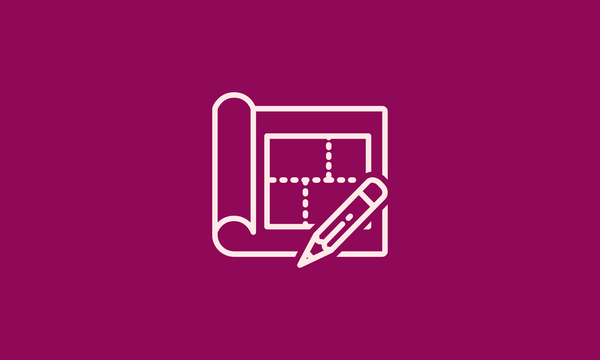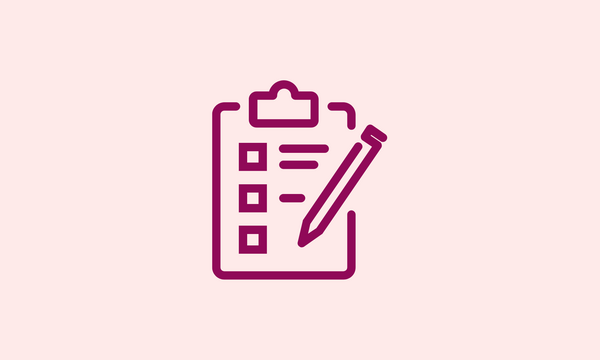
Navigating red tape, barriers and hard places in government

Gillian Wu
August 6, 2021
The Code for Canada fellowship program is no longer active. To learn more, visit our fellowship yearbook.
Hi there! My name is Gillian, and I am the UX Design Fellow that is part of the 5th cohort working at Code for Canada to improve digital governance. Alongside my teammates Malik Jumani (Product Manager Fellow) and Ian Cappellani (Developer Fellow), we are working with the Canada Energy Regulator (CER) to improve the tools that Canadians use to participate in hearings regarding energy projects regulated by the CER.
To learn more about us, click here.
Early in the fellowship, my team discovered the different challenges that impacted our work. Some of these included navigating challenges around cross-team collaboration, red-tape during decision making, systems as a barrier, psychological blockers and recruiting user research participants.
Challenge 1: Cross-team collaboration
More likely than not, your product will impact people across different departments. Therefore, it is important to understand those potential ramifications by building relationships in the discovery stage. However, sometimes there are existing barriers that can make cross-team collaboration difficult.
Team silos
Team silos happen when people work amongst themselves and do not share their work with others in the organization. The breakdown of communication can prevent information sharing, create misalignment and negatively impact a project.
Our team involved our government partners early in the process, but we still missed a few people due to some blind spots. While it did not end up being a huge issue in our case, this prevented us from being fully agile on our project.
For example, the things we worked on ended up being complex enough to need additional resources. Originally, we wanted to build and launch a small section of the prototype, but it was not feasible because we did not involve IT early enough in our process. This meant that we had to build everything all at once, which is a waterfall method rather than agile.
Hesitancy with sharing work across teams
As designers, we try to share our work as early and as often as possible. This creates alignment and allows for faster iteration. At the beginning of the fellowship, I noticed some hesitations with sharing work amongst teams and involving people before the work was completed.
With subtle reminders and positive encouragement, sharing becomes second nature. This can look like setting expectations, taking the first step to share your work before you get asked and creating a safe space to get feedback.
If you are curious about how Canada Energy Regulator is working in the open, you can read about it here.
Lessons
A good way to foster cross-team collaboration is to establish open communication through healthy dialogue. Find common goals with those that you work along. It builds the foundation of trust. Be transparent and open to feedback.
Ask yourself who else is missing from the conversation that this product will impact (internal staff or external users).
Create an open working environment by inviting people to the table. Our team intentionally invited and included a wide range of people in our projects to make them feel more involved. Not only did this help improve the design direction, but it prevents any major issues from occurring near the end of the fellowship.
Challenge 2: Red tape around approvals and decision making
Today’s problems will not be solved by the logics of yesterday. So the need for innovation runs at two levels: generating new solutions that improve outcomes quickly, whilst changing our culture of decision-making that can seem as enduring as the ‘weather’.
— Legible Practises by Bryan Boyer, Justin W. Cook & Marco Steinberg
Meeting with upper management for design approval and feedback can take a while. Stakeholders are often busy, so it can be difficult to get their time to present design directions right away.
Decisions that impact users
While some internal decisions can seem small, they often have a profound impact on the overall experience. For example, in our project, we wanted to make sharing a comment accessible without needing to create an account. This may seem like a trivial change, but the deliberations took time. In our case, this discussion helped identify the potential ramifications of that decision. By the time my team got an answer, we already created a prototype of this as a potential solution.
Lessons
Be proactive rather than reactive. Plan, develop action items and book ahead of time. To move forward with our project, we took calculated risks based on the information we had. We knew that the long-term goal for the organization is to create a more inclusive and accessible way for people to share their concerns on an energy project. This helped us work in parallel to get things delivered on time.
Challenge 3: Systems as a barrier
It is no secret that changes to government legislation, policies, rules and processes are also slow. There are checks and balances in place for safety or security reasons but can prevent an organization from being nimble and adapt to new situations that arise.
Existing cross-government tech (GCKEY)
Sometimes the tools participants rely on to access services are built and maintained by different government organizations. In our case, we discovered some participants struggled with accessing their login account through GCKEY. Unfortunately, the CER was not able to help participants navigate these challenges because it was created by an external department that has plans to further improve it in the future.
If the process is not working, it can’t be fixed by creating a digital solution
Part of the problem we were trying to solve went beyond the digital tools. A lot of first-time participants we interviewed talked about communication issues and the cumulative impact that goes unaddressed. Some of these issues may create a lack of trust in the process and can prevent someone from participating in the future.
Balancing legal requirements and existing regulations/processes
Existing processes, policies, and regulations can sometimes create friction, cause accessibility issues or poor experiences. Even the outcome of the natural justice system may impact how people feel about a service or tool. Chances are, your government colleagues have been working on these issues for a long time. This constraint might be out of your control.
Lessons
Focus on the things within your control. Leverage and find advocates in your organization to help you remove or reduce some of those barriers. If the problem goes beyond the digital space, it can be helpful to map out the inhibitors and enablers in the system that causes the issues to occur.
Challenge 4: Risk tolerance and psychological barriers
The fear of change can be a barrier and prevent a project from moving forward. Sometimes there might be the automatic “no we can’t do it” or “people might not like this”. But where is this “no” coming from?
In our case, the things we thought might be a major barrier to our project turned out not to be. It is easy to build up fear in your mind, but the best way to alleviate those fears is the continue to share and get feedback on your work.
Loss aversion
Loss aversion bias is inherent to everyone. People are naturally more scared of the potential loss over the potential gain of something. This makes us less risk-averse, which can impact the work we do.
Status quo bias
Status quo bias is a preference for familiarity. Our brain is on autopilot for routine tasks, so if you are used to thinking that something is not possible, it might be the default response.
Lessons
Always question why something is not possible. We might think something is not feasible, but in reality, there might be some flexibility. Sometimes all it takes is asking for more background information to open the door to new opportunities.
Lastly, dig deeper and learn about the fears so you can address them. Don’t let someone tell you no until you have fully investigated or determined that for yourself.
Challenge 5: Recruiting user research participants
Finding the right participants to conduct user research with was one of the biggest challenges early on in my fellowship.
Lack of existing candidates and data
We did not have a predetermined pool of candidates for our user research. This meant we had to look and ask around the organization for the potential names of people we could reach out to.
Showing the value of participating in our research when people had bad experiences
In a past article, I talked about the importance of showing value to the people you invite to join a research session. We try to compensate everyone, but there were still people who declined our invitation because they felt the problem we were trying to solve is on the systems level rather than digital.
Lessons
Recruit participants as early as you can and as many as you can.
Our team started from the ground up. Build your participant list as soon as possible. It will help speed up your project and help other designers in your organization get candidates for their user research or user testing sessions.
The combined weight of laws, vested interests, and “the way we’ve always done it” can feel permanent, like forces of nature, but these are expressions of a dominant culture. We have to constantly remind ourselves that institutions and the systems they form are the accumulation of human decisions previously made (or abdicated). As such, those same choices can be made differently tomorrow. Or today, for that matter.
— Legible Practises by Bryan Boyer, Justin W. Cook & Marco Steinberg
Working with various bureaucratic constraints external to your control can feel frustrating at times. If my time working within the government has taught me anything, it is that people in your organization want to see the changes as much as you do. So find allies, reach out to others across the government department for support and understand that you are not alone.
Most importantly, build relationships with the people you work with, and co-create with the end-users of your product. Bringing them along the journey helps develop trust and creates transparency. You might find an advocate in your project.
You're here to help residents, and we're here to help you. Interested in how to bring digital tools and skills into your department? No matter where you are on your digital government journey, learn more about how Code for Canada can support your work.
End of articles list
